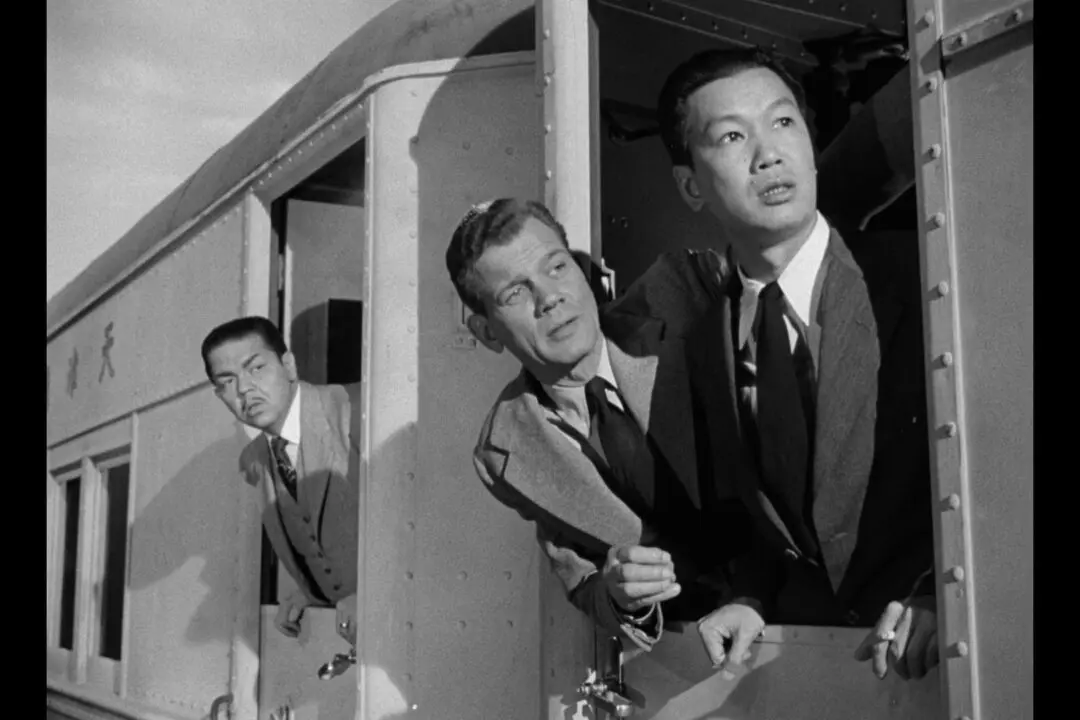R | 1h 59min | Drama | 1986
Love’s oneness isn’t, and doesn’t need to be, sameness. It can exist both between, and beyond, sounds and silences. Lovers don’t need to always understand each other, as long as they’re understanding of each other. Ms. Randa Haines’s directorial debut feature film, nominated for five Oscars, is the first major feature to center American Sign Language (ASL). It’s also the first and only film to secure an Oscar for a deaf person, 21 year-old feature-film debutant Ms. Marlee Matlin; then also the youngest Best Actress winner.





